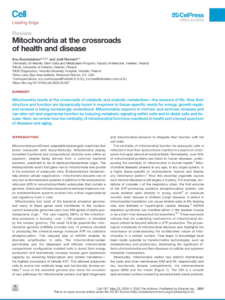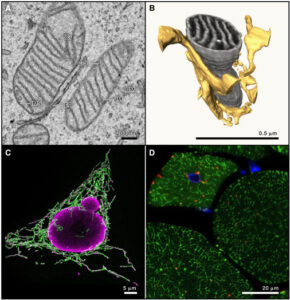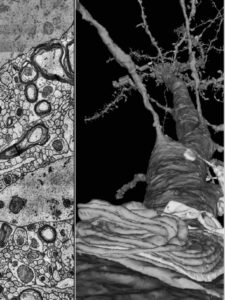Sigma non-opioid intracellular receptor 1 (Sigma-1R) is an intracellular chaperone protein residing on the endoplasmic reticulum at the mitochondrial-associated membrane (MAM) region. Sigma-1R is abundant in the brain and is involved in several physiological processes as well as in various disease states. The role of Sigma-1R at the blood-brain barrier (BBB) is incompletely characterized. In this study, the effect of Sigma-1R activation was investigated in vitro on rat brain microvascular endothelial cells (RBMVEC), an important component of the blood-brain barrier (BBB), and in vivo on BBB permeability in rats. The Sigma-1R agonist PRE-084 produced a dose-dependent increase in mitochondrial calcium, and mitochondrial and cytosolic reactive oxygen species (ROS) in RBMVEC. PRE-084 decreased the electrical resistance of the RBMVEC monolayer, measured with the electric cell-substrate impedance sensing (ECIS) method, indicating barrier disruption. These effects were reduced by pretreatment with Sigma-1R antagonists, BD 1047 and NE 100. In vivo assessment of BBB permeability in rats indicates that PRE-084 produced a dose-dependent increase in brain extravasation of Evans Blue and sodium fluorescein brain; the effect was reduced by the Sigma-1R antagonists. Immunocytochemistry studies indicate that PRE-084 produced a disruption of tight and adherens junctions and actin cytoskeleton. The brain microcirculation was directly visualized in vivo in the prefrontal cortex of awake rats with a miniature integrated fluorescence microscope (aka, miniscope; Doric Lenses Inc.). Miniscope studies indicate that PRE-084 increased sodium fluorescein extravasation in vivo. Taken together, these results indicate that Sigma-1R activation promoted oxidative stress and increased BBB permeability.
Brailoiu E, Barr JL, Wittorf HN, Inan S, Unterwald EM, Brailoiu GC. Modulation of the Blood-Brain Barrier by Sigma-1R Activation. Int J Mol Sci. 2024 May 9;25(10):5147. doi: 10.3390/ijms25105147. PMID: 38791182; PMCID: PMC11121402.
https://pubmed.ncbi.nlm.nih.gov/38791182/



